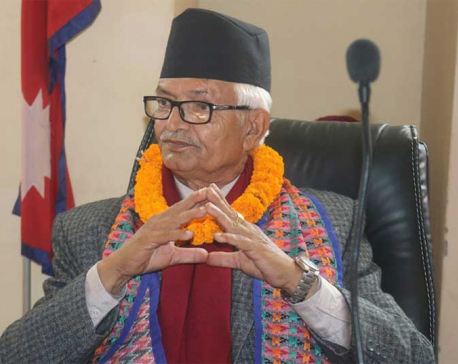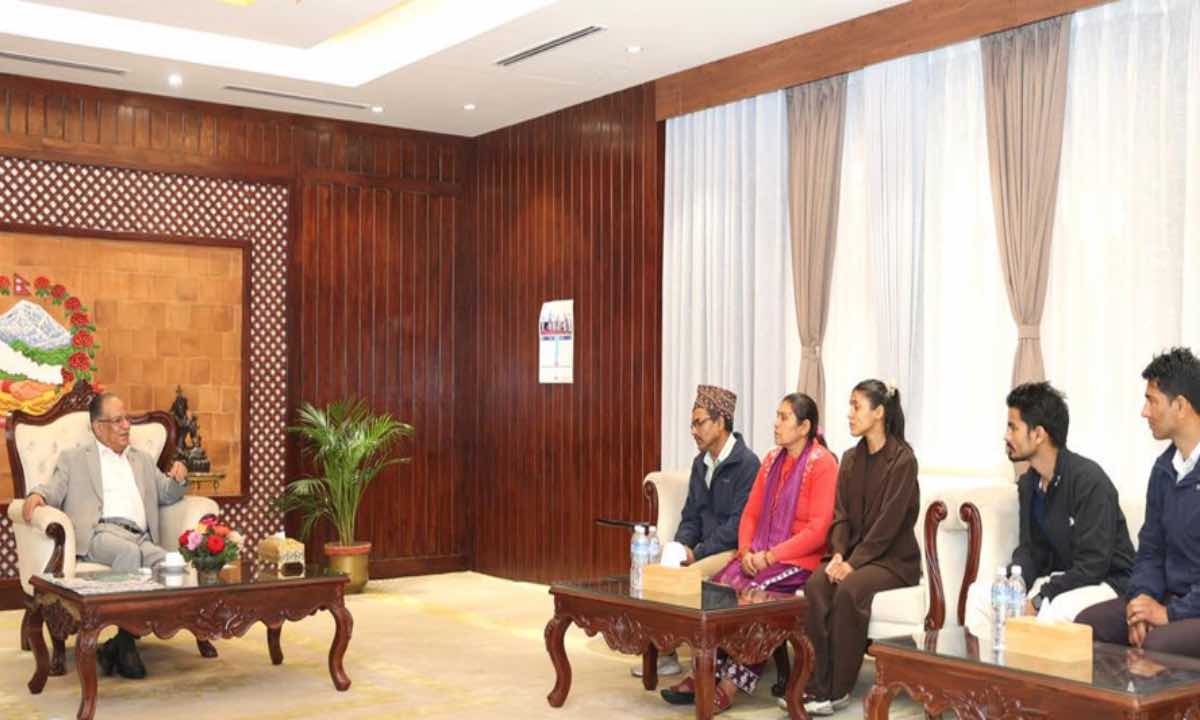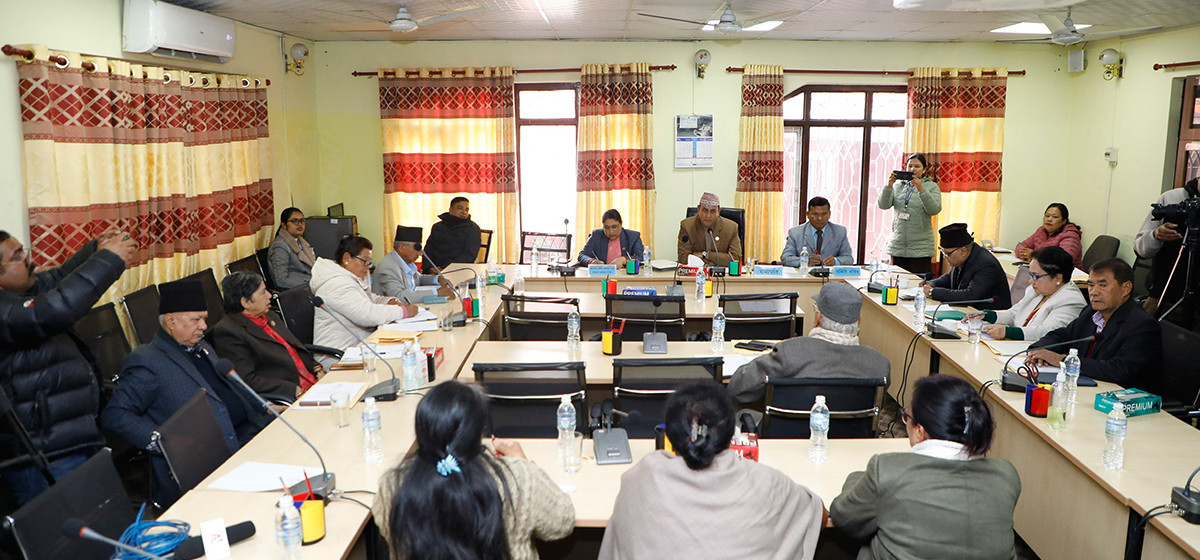
OR
Irregular, poor service delivery by birthing center: Study
Published On: May 13, 2017 03:30 AM NPT By: Republica | @RepublicaNepal
KATHMANDU, May 12: A study on a rural birthing center of Rukum district shows that women in the area are not making use of the center because of irregular and poor service delivery, compounded by geographical difficulties.
The study titled 'Barriers to utilization of childbirth services of a rural birthing center in Nepal: A qualitative study' which was published in the American Journal 'PLOS ONE', was carried out by the Department of Sociology and Anthropology of Tribhuvan University. The study was conducted among 53 participants of different categories of respondents including 21 service users (women and their husbands), five health workers and 27 community key informants.
"Non-utilization of the rural birthing center is primarily due to its inaccessible location, and poor transportation system. Additionally, irregular and poor quality of services due to shortage of human and capital resources are further fueling the poor situation," said lead researcher Dr Resham Bahadur Khatri of the University of Queensland, Australia. The study team included Tara Prasad Dangi (Tribhuvan University), RupeshGautam (Aarhus University), and Professor Caroline Homer (University of Technology Sydney), among others.
"Women bypass the birthing center if they have the option to go to big hospitals. Others are resorting to giving birth at home instead of using the local birthing center. The women were not even found to have been attracted by the maternity cash incentive or Nyano Jhola provided to them in case of giving birth at the birthing center" Dr Khatri said.
The Government of Nepal invests millions for the promotion of institutional delivery, under the umbrella of Safe Motherhood and other community-based health programs. But the ultra-poor, with high fertility and pregnancy rates, give birth to their new ones at home with a consequent higher maternal and newborns deaths compared to the more privileged groups. They are left out of the government's programs," says the report. "Population level coverage of interventions is low among the poorest, remote residents, Dalits and Muslims, where the need of services is high."
Nepal's sustainable development goals aim to reduce maternal mortality to 70 per 100,000 live births, neonatal mortality to 10 per 1,000 live births and ensure 90 percent coverage of institutional delivery by 2030. "Unless the services are provided on an equitable basis to the marginalized communities, these targets would be hard to achieve and Nepal will miss yet another opportunity just like it did while chasing the Millennium Development Goals", said Khatri.
Nepal has one of the highest maternal and newborn mortality rates among the low and middle-income countries. Safe delivery care at childbirth with the help of skilled birth attendants can prevent many maternal and newborns deaths.
However, more than two in five women still deliver at home, according to Nepal Demographic and Health Survey preliminary report 2016. Moreover, among the women who gave birth at health facilities, only one in 10 were found choosing birthing centers for childbirths, annual health report 2014 reported.
You May Like This

Service delivery affected for lack of officials, Chief Minister says
NUWAKOT, Mar 3: Chief Minister of the Province No. 3 Dormani Poudel has said that service delivery to the general... Read More...

Mentored by Michael Clarke, backed by Ricky Ponting, Sandeep Lamichhane gets IPL call
Back in 2016, Delhi Daredevils scouts looking out for a young spinner zeroed in on a Nepali leggie by the... Read More...

Govt drafts new local governance bill maintaining ward office as center of service delivery
KATHMANDU, Dec 13: The government has prepared a draft bill on the governance and management of local units by maintaining ward... Read More...




Just In
- Chemical fertilizers imported from China being transported to Kathmandu
- Man dies in motorcycle accident in Dhanusha
- Nepal face early setback as four wickets fall in powerplay against UAE
- Australian unemployment rate rises to 3.8 percent in March
- Gold price increases by Rs 700 per tola
- Fire destroys wheat crop in Kanchanpur, Kailali
- Bipin Joshi's family meets PM Dahal
- State Affairs and Good Governance Committee meeting today














Leave A Comment